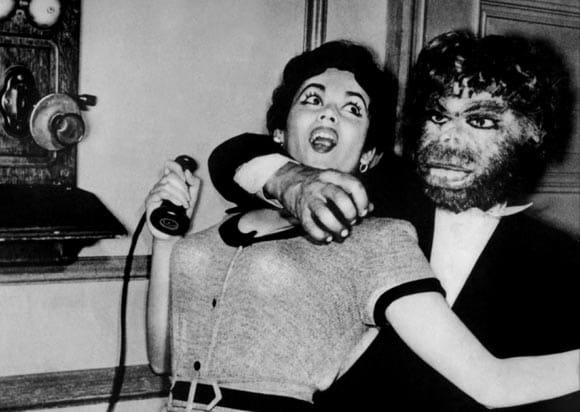
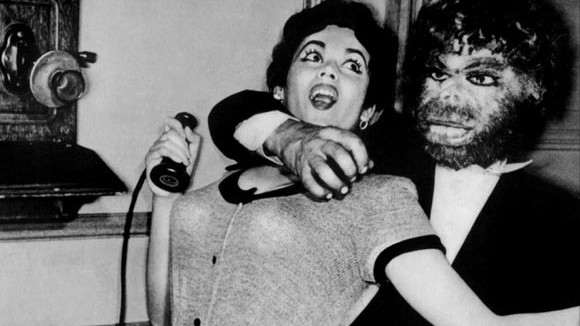
How “The Croods” Builds On A Century of Caveman Stereotypes

We can’t seem to get over our obsession with the caveman, who has appeared on screen since at least 1912. In fact, anthropologist Judith Berman has written that a new caveman character has been introduced into pop culture every year since World War II.
DreamWorks’ The Croods, directed by Chris Sanders and Kirk De Micco, presents the most recent version of prehistoric man; Grug, is a responsible father facing such dad-like issues as a teenage daughter who just wants to be her own person. He transcends the behavior expected of a typical caveman, but his character design doesn’t evolve past a stereotype that is largely of our own making.
We’ve distilled an entire subspecies of human down to a single iconic image, one that is perpetuated year after year through film, animation, comic art and bad Halloween costumes. The caveman is always brutish, dressed in some type of fur loin cloth and possessing limited intelligence. Some stereotypes of prehistoric humans are certainly based on archeological facts: the structure of the skull, anatomical proportions and pelt-based wardrobe. But other stereotypes, such as wielding clubs, communing with dinosaurs and pulling women by the hair, are our own projections of prehistoric behavior.

The iconic caveman image we know today was already established by the 1930s, seen in the comic strip Alley Oop. He carried a stone axe, manhandled women and rode a dinosaur named Dinny. Alley Oop, along with the Fleischer’s Stone Age Cartoons series, was a response to western society grappling with what it meant to be modern. The simple world of the caveman was a nostalgic comfort to those who feared progress.
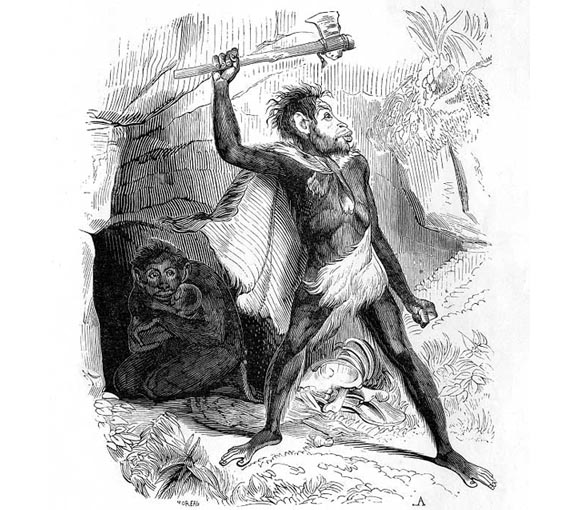
Alley Oop was the pop culture bookend of a caveman fiction trend that began in the 19th century. One of the earliest examples is Paris Before Man, a novel written by Pierre Boitard in 1861. The frontispiece print (above) shows a club-wielding caveman, protecting his mate. As the genre developed, the caveman became more brutish and ill-mannered—an 1886 short story written by Andrew Lang describes a marriage custom in which women are “knocked on the head and dragged home.” By the 1920s, numerous newspaper headlines used “caveman” and “neanderthal” as adjectives to describe senseless male brutality.
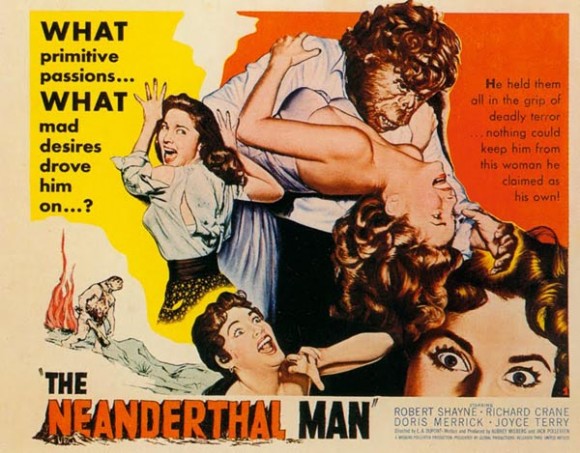
The mid-century resurgence of cavemen in film (The Neanderthal Man, Monster on Campus), comics (B.C.) and television (The Flintstones) can partly be blamed on World War II rhetoric. Newscasters sang the praises of atomic power while warning of its devastating potential to send us back to a new Stone Age. To help us deal with these fears, the caveman was domesticated; The Flintstones showed that, even as the worst case scenario, the Stone Age wasn’t so bad. Even cavemen could wear neckties and accomplish an honest day’s work.
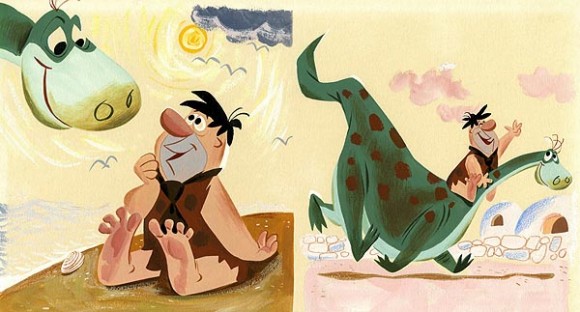
Over time, films and TV shows have moved away from the wife-clubbing caveman of the 19th century to fit G-rated expectations of civilized society. In fact, The Croods has pushed the caveman to the opposite end of the spectrum, with a father figure that seems like he could handle modern-day discussions of co-parenting and all-terrain strollers. No longer a commentary on uncivilized man or our fears of the future, the caveman and his era presented in The Croods is merely a backdrop ideal for contrasting our modern reality of iPods and WiFi.
